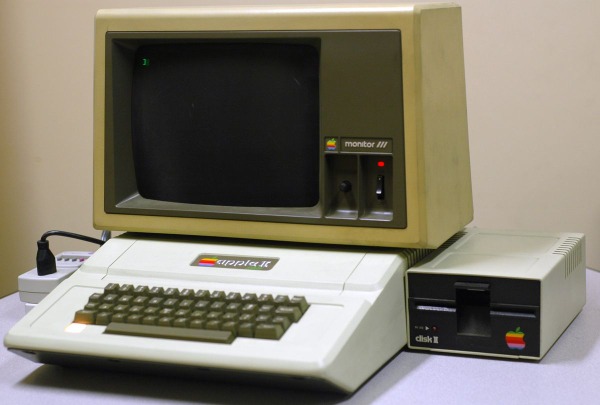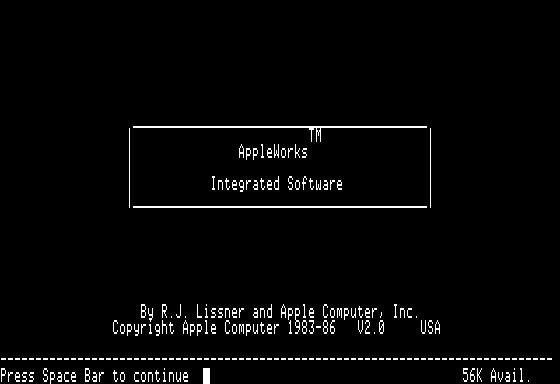Microlearning
There was an unexpected shift to virtual learning triggered by the global pandemic. It's not that virtual hadn't already existed for decades in various formats.
The global shift to virtual education has highlighted the crucial need for effective instructional design, particularly in enhancing student engagement. Traditional long lectures struggle to maintain attention in the digital environment, making the strategic adoption of microlearning important for success.
Microlearning delivers content in small, focused segments, which are far more effective for learners to absorb and retain information. This approach consists of “bite-sized” educational chunks, typically lasting only a few minutes. By delivering short, structured, and fine-grained activities, microlearning aligns with how working memory functions, fitting within the constraints of human cognitive capacity. This technique significantly enhances engagement and reduces cognitive overload, helping to move information from short-term to long-term memory more effectively than traditional, lengthy content.
A major advantage of microlearning is its ability to address the forgetting curve . The forgetting curve demonstrates how humans naturally lose a substantial amount of newly learned information over time unless it's reinforced. Microlearning counteracts this decline through spaced repetition techniques. This involves recalling the same material multiple times over a period, which successfully solidifies the information in long-term memory with each recall.
Furthermore, microlearning enhances online student engagement by allowing students to complete lessons according to their own schedule, rather than a fixed external one. This flexibility enables students to be entirely focused and more engaged in the learning process. Since online learning often happens outside the classroom, microlearning allows for a greater potential for application by integrating learning with real-life experience. Instructors can seamlessly integrate microlearning into online education using various digital tools to incorporate interactive quizzes, short videos, or specific micro lessons that run parallel to the main course, ensuring a more dynamic and interactive experience.


